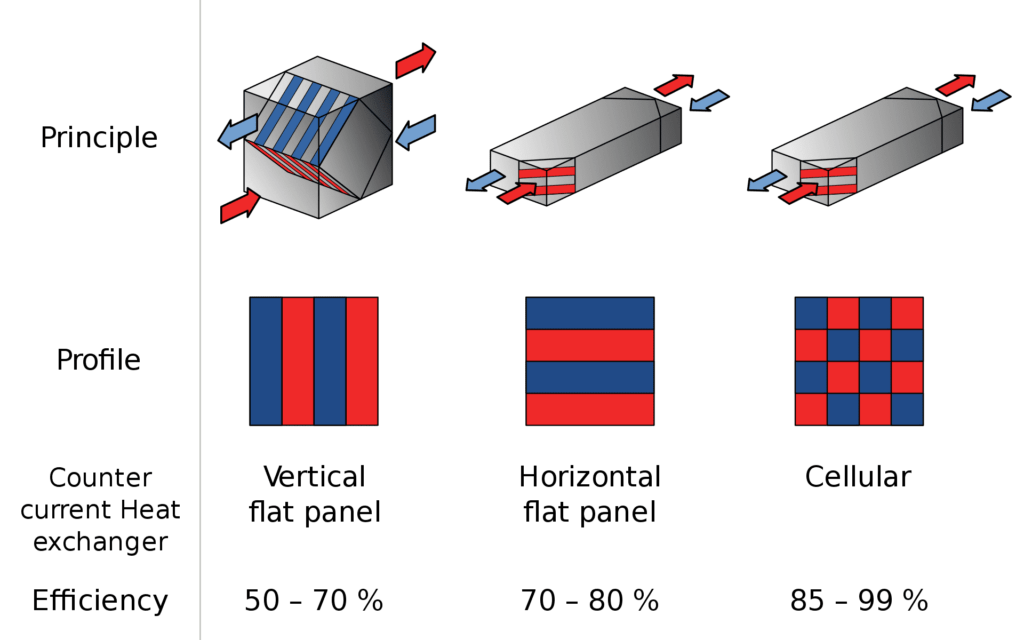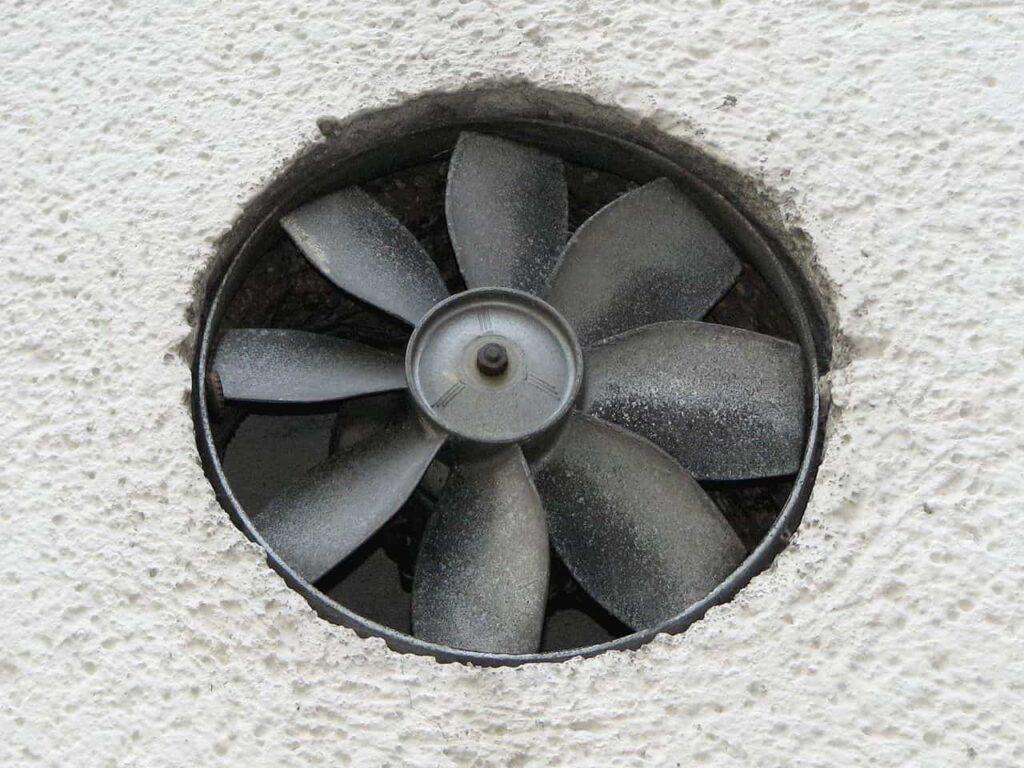
As A HERS Rater, I Get This Questions A Lot
I am required to spend all this time and money making my new home as airtight as possible, and now I need to mechanically bring outside air in with an ERV, why?
👉 Answer: It will help first to understand what an ERV is and what it does.

Energy Recovery Ventilation (ERV) is a ventilation system that utilizes the energy contained in exhausted air to precondition the incoming outdoor air.
During the warm seasons, an ERV pre-cools and dehumidifies the incoming air with the outgoing air; during cooler seasons, the ERV humidifies and pre-heats incoming air. The exchange of humidity across the airflows is the main difference between how an ERV operates compared to a Heat Recovery ventilator (HRV), which does not transfer humidity between airstreams.
An ERV can greatly improve indoor air quality, reduce HVAC equipment loads, reduce energy consumption, and meet ASHRAE standards.
What is ASHRAE?
ASHRAE, founded in 1894, is a global society advancing human well-being through sustainable technology for the built environment. The society and its members focus on building systems, energy efficiency, indoor air quality, refrigeration, and sustainability within the industry.
Why can’t I just use a bath fan?
👉 Answer: You could. But consider this; homes today are built snugly. Maintaining indoor air quality requires more than simply exhausting stale air. It requires a balanced approach.

The Problem with Bath Fans
Bath fans exhaust conditioned air without bringing fresh air in. This means when the fan is on the home is under constant depressurization while air is being exhausted. This process forces make-up air into the home from other sources. Make-up air will come from the path of least resistance. Mainly through bypasses which can lead directly into an attic, basement, or attached garage. Riding on this air are potential pollutants: moisture, mold, dust, and even carbon monoxide. Since bath fans are exhaust only, the energy in the conditioned air being exhausted is not captured but is wasted to the outside. Software used for modeling homes for HERS Ratings favors ERV’s over bath fans hands down.
💡Tip of The Day: When installing an ERV in a new home, be sure to size the unit based on the home’s square footage. For best the results, the ERV should have its own designated ductwork, with the air intake port away from any potential pollution sources such as idling vehicles, gas grill, fire pits, and even garbage cans.
Philosophical Thought of the Day- “all living creatures think they are human”.
🗞️ In Other Related News: Since the start of the year, more homes than ever have been going fossil fuel free in Massachusetts. These changes are driven by stricter HERS score requirements and generous rebates offered by MASS SAVE to do so. Air source heat pumps that run on electricity are quickly becoming the go-to for residential space conditioning. We expect this trend to continue as the requirements get even stricter in 2024.
⭐ Bottom Line: Homes today are not constructed the way they were a generation ago. Today they are more durable, better insulated, have better indoor air quality, use less water, and require considerably less energy to operate. Expect this trend to continue as each state grapples with carbon reduction goals and building technology develops.
Want to Learn More about Energy Recovery Ventilation and Energy Recovery Ventilators?
If you’d like more information on how you can minimize energy consumption and maximize savings while making your home more comfortable all year round, then contact Energy Geeks. Our mission is to provide the most comprehensive and efficient solutions to reduce energy use in your home.
Call: 401-766-1540 | 508-444-9800 | Get No Cost Estimate


